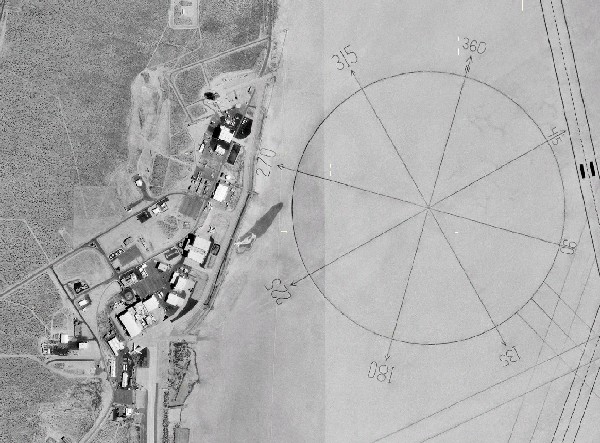
The first numerical study to compare different geoengineering schemes and determine how good they might be at reversing manmade climate change has been released by researchers at the University of East Anglia (UEA) in the UK.
They say that injecting the skies with aerosols to reflect incoming sunlight might offer great short-term potential but that such a plan also carries large risks. The team recommends instead that land-based carbon storage is the most effective solution over the long term. (ACPD 9 2559).
“What we’ve created is a clear, analytical framework for comparing different geoengineering options; hopefully this can be a guide future research,” said lead author Tim Lenton of UEA’s School of Environmental Sciences.
From Hollywood to East Anglia
The idea of controlling local weather conditions by the large-scale engineering of the environment came to prominence during the Cold War when the US and the Soviet Union both researched the concept for military ends. In the past few years global climate engineering has started to move out of the realm of science fiction as atmospheric carbon dioxide (CO2) levels continue to rise despite international emission reduction targets. Proposals have been eclectic in characteristic and scale: from increasing the Earth’s reflectivity or “albedo”, to deploying large-scale shields between the Earth and the Sun.
John Latham of the National Center for Atmospheric Research in Boulder, US said, “The geoengineering community believes the chance of achieving the necessary reductions in CO2 to avert likely catastrophe are virtually zero, so it is necessary and responsible to examine alternative ways of stabilizing global temperature.”
“If we failed to keep the process [geoengineering] going — perhaps due to political unrest — we would leave the planet open to the Sun’s full force” Tim Lenton, University of East Anglia
The trouble with the geoengineering at the moment, according to the UEA researchers, is the lack of quantitative framework for evaluating projects. What’s more, they suggest that the enthusiasm of certain proponents has created a skewed view, where a handful of schemes are surrounded by bold but unsubstantiated claims.
Quick fix
At the most basic level, Earth’s surface temperature is governed by a balance between incoming solar radiation and outgoing terrestrial radiation. For a series of different geoengineering schemes, the UEA researchers calculate the impact on this radiative balance by considering the global energy balance and the climate’s response to rapid changes in CO2 levels.
The researchers find that increasing the reflectivity or “albedo” of the atmosphere offers by far the greatest potential to cool the climate by 2050. One mechanism for doing this — put forward last year — is to spray low-lying clouds with sea salt to act as condensation nuclei and enhance cloud cover. According to this latest research, a more effective measure is to aim higher by firing aerosols into the stratosphere, in the same process as volcanic activity.
Steven Salter of the University of Edinburgh, who was involved in the “cloud-salting” proposal, told physicsworld.com, “I welcome this new study as it is represents a much needed aspect of geoengineering; the more rigid testing our idea receives, the more we can develop it.”
The major risk, however, with these short term “Sun block” approaches is that failure to keep engineering projects in good repair would expose Earth to a rapid jump in temperature. “You are effectively masking the effect of a warming climate system,” Lenton told physicsworld.com, “if we failed to keep the process going — perhaps due to political unrest — we would leave the planet open to the Sun’s full force.”
Century scale
Over longer timeframes, the researchers suggest removing CO2 from the atmosphere through schemes like planting trees, carbon capture and storage, and fertilizing the oceans. Perhaps surprisingly, existing activities that add phosphorus to the ocean may have greater carbon sequestration potential than running expensive schemes to add iron or nitrogen.
The most favoured solution is bioenergy, described by Lenton as a “win-win” option. Carbon from the burning of bio-waste is converted into “biochar” before being returned to the soil. Lenton told physicsworld that he will take this research forward by comparing their predictions with the established climate models of the Hadley Centre.
This year the School of Environmental Sciences at UEA will be launching a new centre to bridge the gap between their research and national policy. These results will also be feeding into a Royal Society study to be published later in the year.
David Mitchell, a researcher at the Desert Research Institute, US, said, “Geoengineering should not viewed as an alternative to mitigation, but as a means of buying time. If geoengineering is seriously considered by any government, this may affect other countries and perhaps a new committee by the UN is needed to regulate this new capability.”



